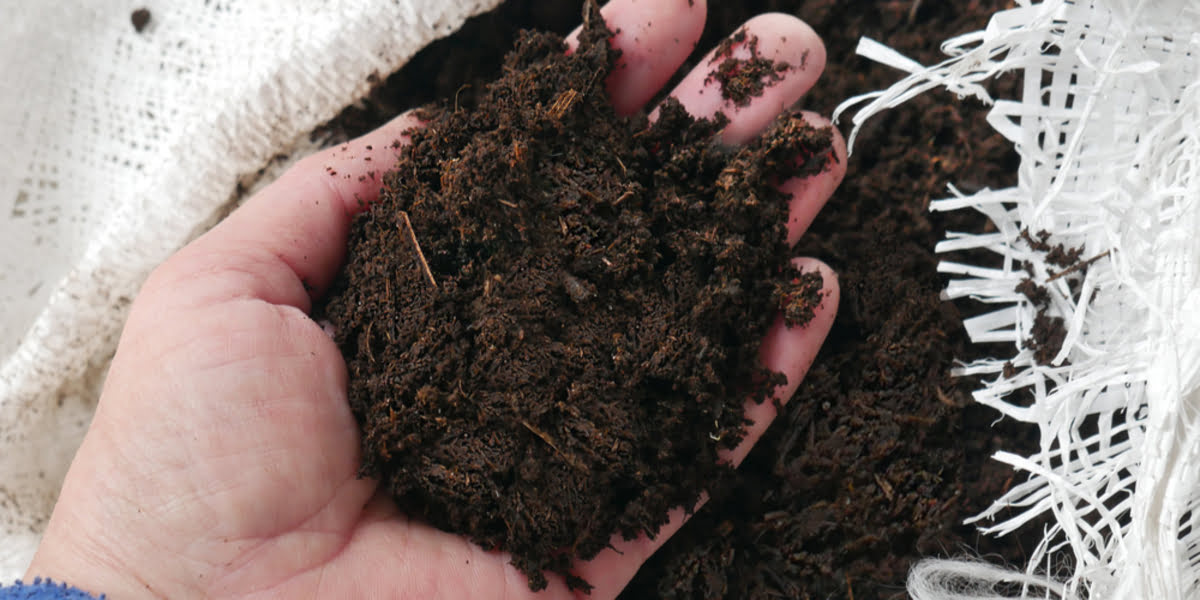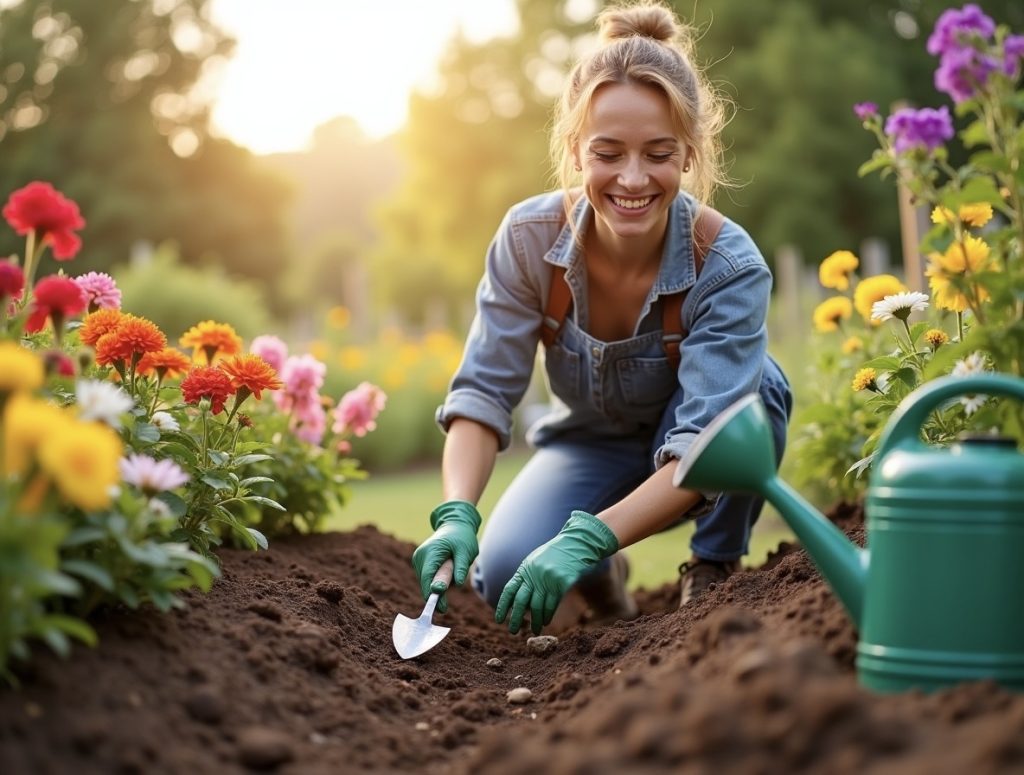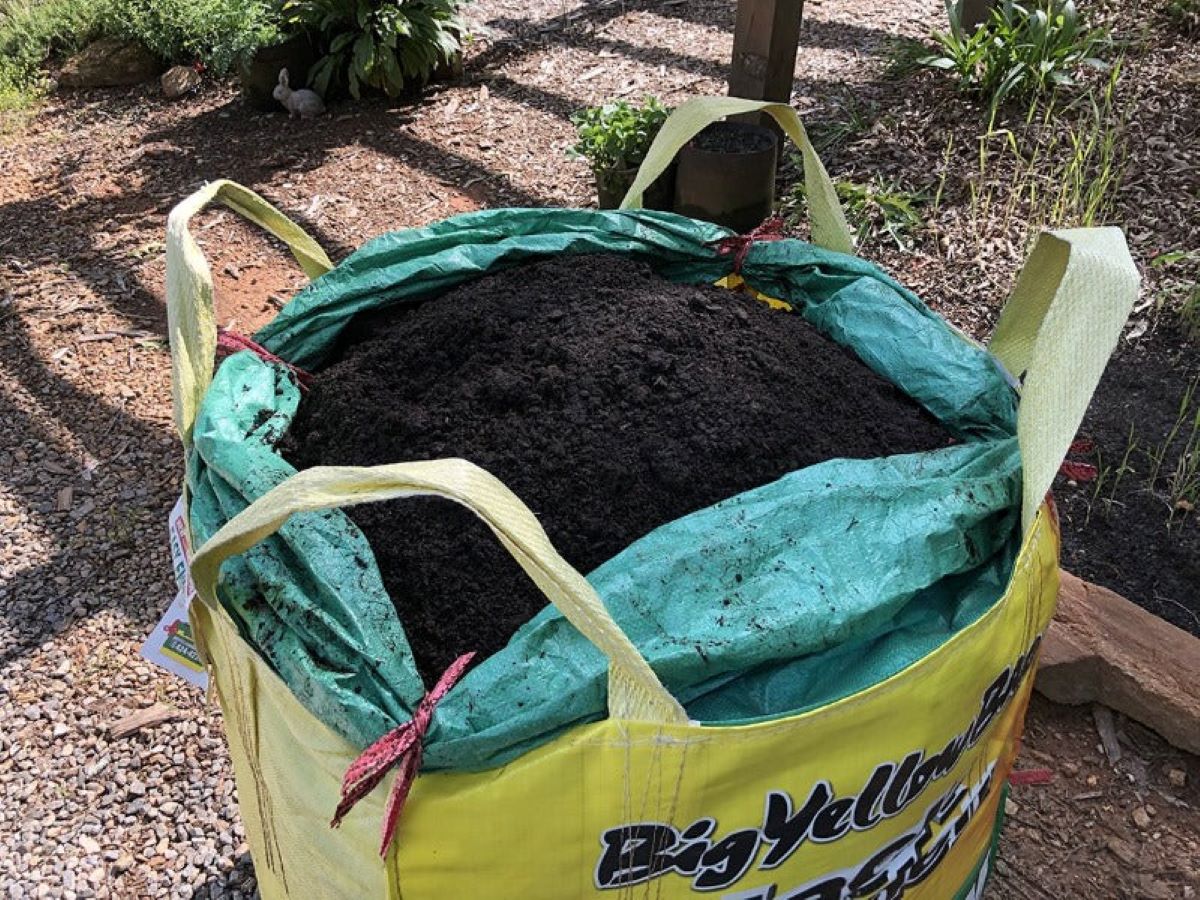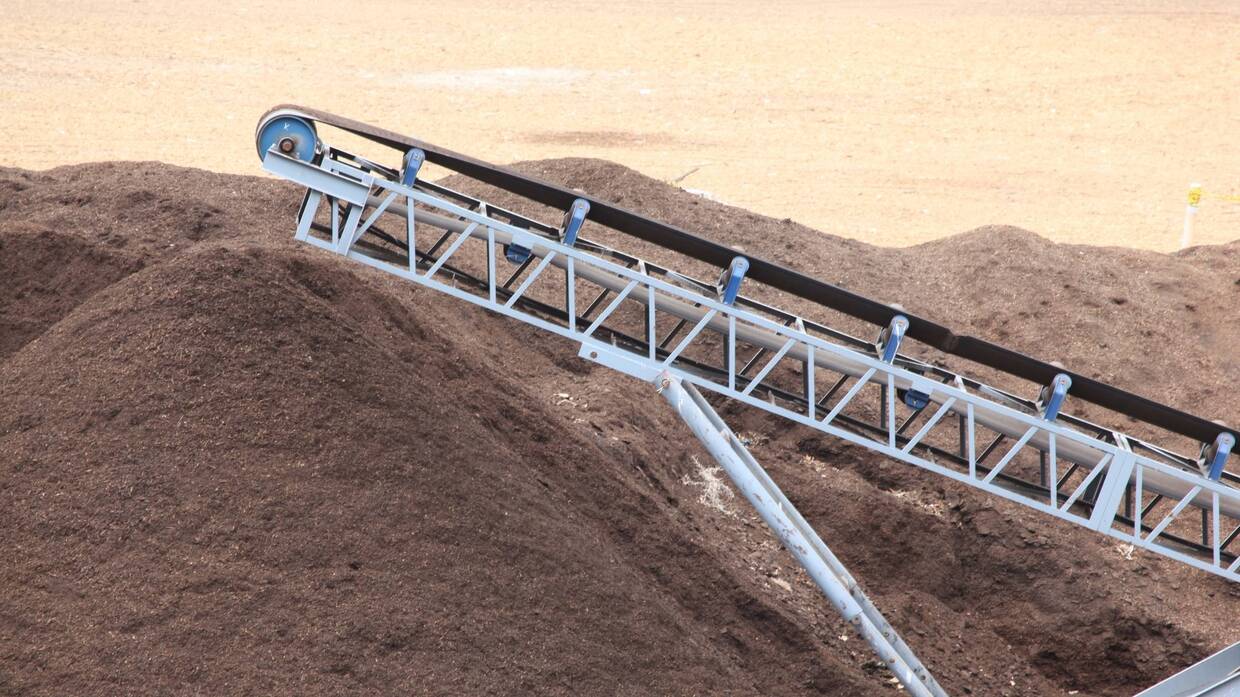Home>Gardening Basics>Understanding Soil>How Many Bags Of Topsoil In A Yard


Understanding Soil
How Many Bags Of Topsoil In A Yard
Modified: January 22, 2024
Learn the answer to how many bags of topsoil are in a yard and gain a deeper understanding of soil composition with this insightful guide.
(Many of the links in this article redirect to a specific reviewed product. Your purchase of these products through affiliate links helps to generate commission for Chicagolandgardening.com, at no extra cost. Learn more)
Table of Contents
Introduction
Welcome to the world of gardening and landscaping! If you’re new to these pursuits, you may have heard the term “yard of topsoil” thrown around. But what exactly does it mean, and how many bags of topsoil are in a yard?
Topsoil is a vital component when it comes to gardening and cultivating healthy plants. It forms the uppermost layer of soil and contains valuable nutrients that help plants thrive. Whether you’re embarking on a small gardening project or planning a major landscaping overhaul, understanding how much topsoil you need is crucial.
In this article, we’ll explore the concept of a yard of topsoil and determine the number of bags it contains. We’ll also discuss the key factors to consider when calculating the amount of topsoil you’ll require for your specific project. By the end, you’ll have a clear understanding of how to estimate the right amount of topsoil and save yourself from under- or over-buying.
So let’s dig in and uncover the mysteries of topsoil and yard measurements!
What is a Yard of Topsoil?
Before we calculate the number of bags in a yard of topsoil, let’s first understand what a yard of topsoil actually means. A yard is a unit of measurement used to quantify volume. In the context of topsoil, a yard refers to a cubic yard, which is a measure of the three-dimensional space occupied by the soil.
To visualize this, imagine a cube with each side measuring one yard. A cubic yard is equal to 3 feet in height, width, and length, creating a volume of 27 cubic feet. Many suppliers sell topsoil by the cubic yard to provide a consistent measurement for customers.
Topsoil is the uppermost layer of soil, typically ranging from 2 to 8 inches thick. It is rich in organic matter, minerals, and microorganisms necessary for plant growth. The quality and nutrient content of topsoil can vary, depending on factors such as region, vegetation, and soil composition.
When purchasing topsoil, it’s important to consider its composition and suitability for your specific gardening needs. Some topsoil blends may be designed for particular plant types or applications, such as vegetable gardens or flower beds.
Now that we have a clear idea of what a yard of topsoil represents, let’s move on to determining the number of bags it contains.
How Many Bags Are in a Yard of Topsoil?
The number of bags of topsoil in a yard depends on the size of the bags you purchase. The most common bag sizes for topsoil are 1 cubic foot and 2 cubic feet. To calculate the number of bags in a yard, you’ll need to do some simple math.
If you’re using 1 cubic foot bags, you’ll need 27 bags to make up a full yard of topsoil. Since there are 27 cubic feet in a cubic yard, dividing it by the size of each bag (1 cubic foot) gives you the number of bags required. Similarly, if you’re using 2 cubic foot bags, you’ll only need 14 bags to reach a yard.
It’s important to keep in mind that these calculations assume the bags are perfectly filled, without any air gaps or settling of the soil. In reality, bags may vary slightly in volume, and the soil may compress or settle during transportation or storage.
Additionally, buying loose topsoil by the yard and transferring it into bags yourself can be a cost-effective option. This allows you to have greater control over the amount of soil you’re purchasing and eliminates the need to dispose of excess plastic bags later.
Now that you know how to calculate the number of bags in a yard of topsoil, let’s explore some factors to consider when determining the amount of topsoil you’ll need for your project.
Factors to Consider When Calculating Bags of Topsoil in a Yard
When estimating the amount of topsoil needed for your project, several factors come into play. Considering these factors will ensure that you have enough topsoil to cover the desired area and provide an adequate depth for your plants to grow.
- Area to be Covered: The first step is to determine the total area you want to cover with topsoil. Measure the length and width of the area, and multiply these measurements to calculate the square footage. This will give you an idea of the coverage area to consider when purchasing topsoil.
- Desired Depth: Think about how deep you want the layer of topsoil to be. A depth of 6 inches is typically recommended for most gardening projects, while deeper layers may be suitable for specific applications, such as creating raised beds. Multiply the desired depth by the square footage to determine the volume of topsoil required in cubic feet.
- Soil Settling: Keep in mind that soil can settle and compact over time, reducing its volume. To compensate for this, it’s a good idea to add a few extra bags of topsoil to ensure you have enough coverage.
- Contour of the Land: If the area you’re working on has slopes or uneven terrain, you may need to adjust the amount of topsoil accordingly. Steep inclines require more topsoil to prevent erosion and provide a stable growing surface.
- Existing Soil Quality: Consider the quality of the existing soil in your garden or landscape. If it lacks nutrients or is of poor quality, you may need a thicker layer of topsoil to provide a fertile growing medium for your plants.
- Type of Plants: Different plants have varying requirements in terms of soil depth and composition. Research the specific needs of the plants you intend to grow to ensure you provide the right amount of topsoil. Some plants may thrive with a shallower layer of topsoil, while others may require a deeper layer.
By taking these factors into account, you can accurately estimate the amount of topsoil you need in bags for your project. Remember that it’s always better to have a little extra topsoil than to run out in the middle of your project.
Now that we’ve covered the factors to consider, let’s wrap up our discussion.
Conclusion
Understanding the concept of a yard of topsoil and how many bags it contains is essential for any gardening or landscaping project. By knowing the measurements and calculations involved, you can accurately estimate the amount of topsoil you need, preventing unnecessary expenses or shortages.
In this article, we learned that a yard of topsoil refers to a cubic yard, which is a unit of volume measuring 3 feet in height, width, and length. The number of bags in a yard depends on the bag size, with 27 bags of 1 cubic foot or 14 bags of 2 cubic feet making up a yard of topsoil.
When calculating the amount of topsoil needed, it’s important to consider factors such as the area to be covered, desired depth, soil settling, contour of the land, existing soil quality, and the type of plants you want to grow. Taking these factors into account will ensure that you have enough topsoil to create a fertile growing medium for your plants.
Whether you’re starting a small garden bed or undertaking a large landscaping project, knowing how many bags of topsoil are in a yard will save you time, money, and frustration. It will allow you to plan and purchase the right amount of topsoil, providing your plants with the nutrients and environment they need to thrive.
So, the next time you’re at the garden center or planning your landscaping project, remember to calculate the number of bags you’ll need to create the perfect foundation for your plants. Happy gardening!







